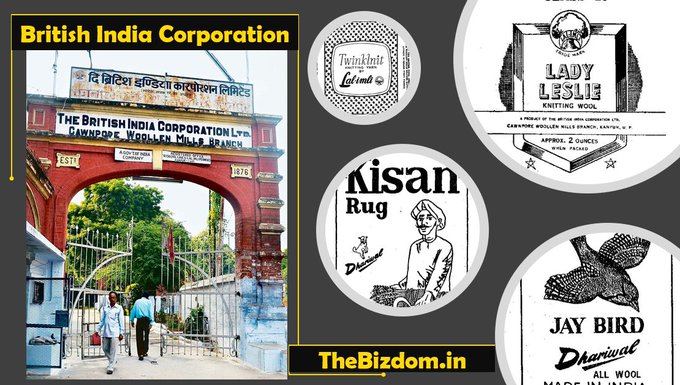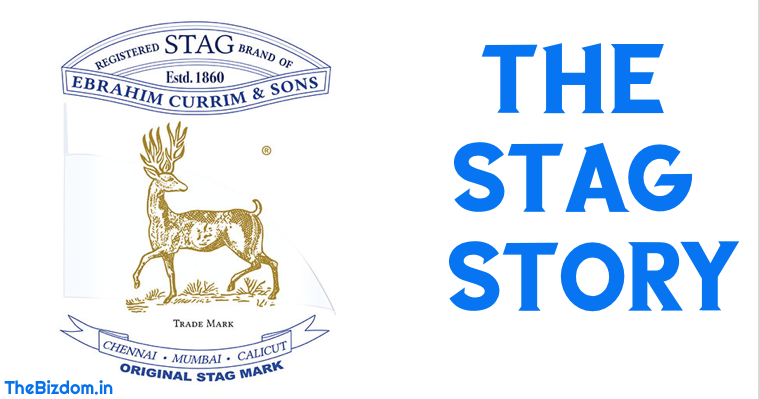6 min to read
How Cotton Shaped our World?
No other commodity has contributed to the emergence of capitalism & colonialism more than cotton.

Origin
Originated in India, the cotton industry in Indian subcontinent has been well-developed since ancient Vedic times. Soon, its plant & seed diffused to China & Africa between AD 800 & 1000. But India maintained their edge due to quality (and colour, washability, and design/pattern). The entire process of making Cloth was slow and a very labour intensive activity. It involved bowing, ginning, reeling, & spinning. Arabs were the main trading partner & cotton was grown on the Coromandel Coast (and Coimbatore) & in Gujarat (near the Sea Ports). By the 1600s cotton textiles from Asia started arriving in Europe. European traders, especially EIC, intensified the sales.
Cotton in USA
Given it was too labour intensive, EIC took a leaf from what Spain’s playbook for Tobacco in North America with Tobacco & decided to start Cotton in the USA.
The Cotton gin
After graduating from Yale University in 1792, American inventor Eli Whitney wanted to pursue law. However, he saw an opportunity to improve productivity in cotton plantations. There were no cost-effective means to separate seeds from cotton fibre and Whitney ended up inventing the ‘cotton gin’ to do the job—gin is short for engine. The machine’s invention ended up strengthening slavery in the southern states of America. Whitney was also a proponent of mass production of interchangeable parts for rifles. That gave the North the manufacturing prowess to win the Civil War (1861–1865).
The technological improvements in British textile mills created a strong demand for this cotton. The virtuous circle was at work. Improvements in one industry-led to developments in another. Trains on their iron rails brought coal to the cities to power the cotton mills. & cotton, rail & iron were soon the three leading industries.
An era of the Industrial Revolution got started, along with the Coal & Steam. The slave-grown cotton from the US was providing the raw material. The global centre of this trade was Liverpool. The finished cloth was then exported everywhere. Money was being minted.
Cotton = Capitalism
We link Capitalism with wage workers, but that’s not how it got started. At the start, it was about slavery. While cotton fueled factories, its growth & production were inextricably linked to slavery. Slave trade = Slaves from Africa been exchanged for raw cotton in America.
Greek & Christian Arab merchants also entered in this trade. Greek networks brought international capital to cotton growers & provided cotton to manufacturers & textiles to consumers around the world. A Greek firm (Rallis Brother is now what we know as Tata Rallis) was at the epicenter.
Bunge & Born got started in 1818 Amsterdam, while today they are one of the oldest companies listed on the NYSE, they were also another key player in the international trade of cotton fibers & seeds, the production of cotton & sunflower oils. The US was now the world’s most important cotton exporter. This attracted the Jewish community, however they were late to the party, so they picked the allied activities, like Trading & running the General stores in Cotton growing areas. Most famous of this are the Lehman Brothers.
By 1865 Lehman Brothers moved to New York, opening as grocers & commission merchants. But by then they were focused on bringing global investment for the growing cotton industry in the US from their trust networks of Jewish businesses. In a few years they were significant Bankers.
During the US Civil war, Confederate currency was worthless in Europe, so their cotton bonds became the de facto currency used for purchasing ships, supplies & other war materials, all due to soaring global cotton prices. It proved to be the South’s most important weapon.
Back to India
But the Napoleonic Wars had made sea trade a bit risky, & the US Civil war along with Manchester & Liverpool manufacturers fear about too great a dependence on the US, forced the EIC to focus back on India, they started with Bengal & brought small amounts of Indian cotton to the UK.
Soon more & more land was converted for such cash crops, & we will see the impact of this in Bengal, in the form of a food grain crisis & famine. But, this gave rise to an amazing rise of Bombay.
Other Changes
Globally, Cotton was changing many things. Cottonseed oil is a major component of the cooking oil, Cotton meal & hulls are also used as animal fodder & fertilizer. U.S. dollar bill, effectively the most important currency is made of cotton only.
The Egyptian government, which was heavily dependent on cotton exports, struggled to pay its debts, & in 1875 sold its 44% stake in the Suzel canal to Britain for the bargain price of £4m. Their further default gave an excuse for the Europeans to take control of the country.
Alfred Nobel won a British patent for his invention of “gun cotton” (what we now call as gunpowder). By 1880, all the world’s major cotton exchanges were major Agribusiness centers—Alexandria, Le Havre, New Orleans, New York, Manchester and Liverpool.
Jacquard loom.
Handloom was used for weaving silk at Stonehouse in Lanarkshire in the 19th century. It has a Jacquard invention that allows complex patterns to be woven. The punch cards used in the Jacquard mechanism will lay the foundation for modern computer programming.
Trademarks were developed to locate the specificity of cotton bales. Cotton merchants were the first to use the telegraph to exchange quotes. Atlantic cable was laid by a merchant who owed his wealth to cotton.
Cotton = Growth of Academic Economy
Cotton also made a huge impact on the development of the Economy (as theory). When Adam Smith was a customs official, he was observing cotton’s circulation & production in the world. Karl Marx, searched high & low for problems with western capitalism from Point of View of Cotton.
Marx’s Partner in Crime (Friedrich Engels) came to Manchester to manage the family’s cotton-textile mills. Alfred Marshall worked on Demand & Supply graphs in the 1870s when the NY Cotton Exchange first traded cotton futures contracts. By the 1920s all U.S. cotton-growing regions were infested with pests. This leap bound the development of Pesticides for Crop Protections. The global cotton industry still relies on fertilizers & insecticides. Cotton also helped in the development of rainproof garments< Charles Macintosh >and Velcro < Mestral’s first hook-and-loop fasteners were made of cotton> In Japan, the Toyota story is also linked with Cotton. They started as manufacturers of cotton hand looms to solve the problem of labor-dependency & thus supporting the family income from rice farming.



